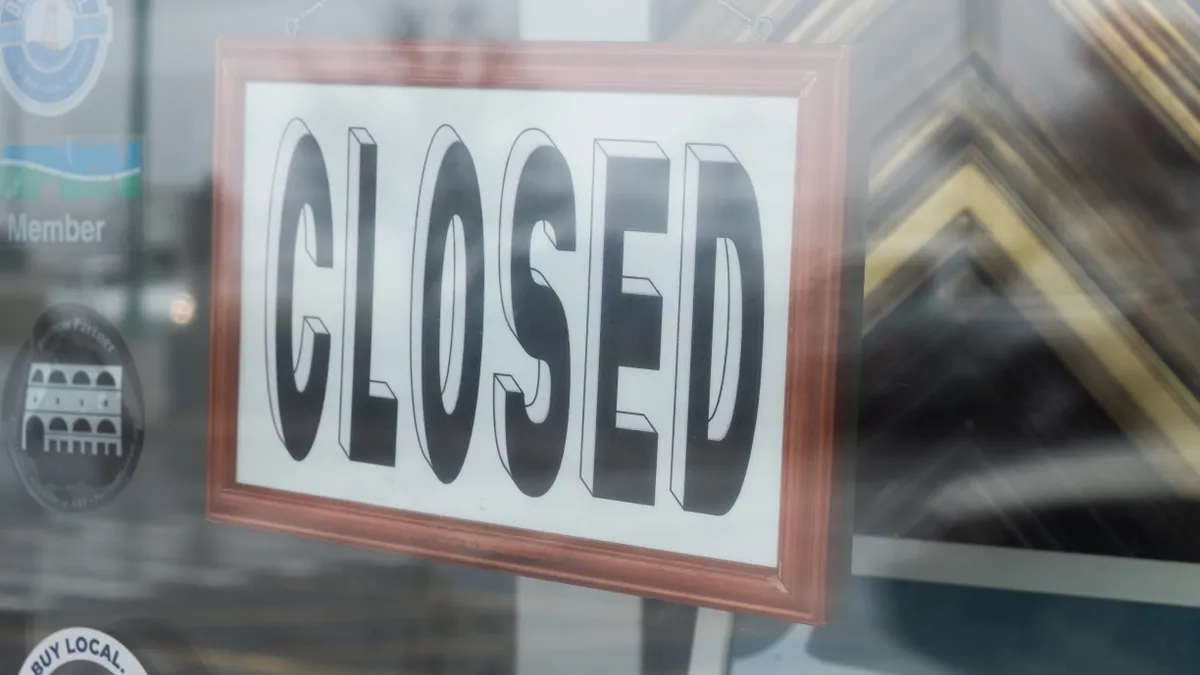Small businesses facing bankruptcy have a new process that could increase their chances of recovery rather than liquidation.
The new subchapter 5 process, enacted last year as the Small Business Reorganization Act, took effect in February and applies to companies with up to $7.5 million in secured and unsecured debt, not counting debt held by related parties. After March 27, 2021, the threshold drops to $2.7 million, its level before the big stimulus law, the CARES Act, temporarily increased it.
Given the stay-at-home mandates that have devastated many small businesses, the law's timing couldn't have been better. "This statute was a great idea before the economic tsunami we are experiencing but now it is a real blessing," Scott Ugell of the Ugell Law Firm said in his analysis of the new subsection.
The law is intended to make reorganization under bankruptcy rules easier than under Chapter 11, which, for small businesses, has always posed a high hurdle to success.
Some 80% of small businesses end up liquidating or filing under state laws rather than reorganizing under Chapter 11 because of its costs and other burdens, research by Columbia Law School Professor Edward Morrison has found.
"Bankruptcy proceedings are expensive," Morrison says. "The costliness of federal bankruptcy law induces distressed firms to search for cheaper alternatives."
Faster, with fewer fees
The key feature of subsection 5 is the absence of a creditor committee. Under Chapter 11, a single member of the creditor committee can veto the reorganization plan. But under subchapter 5, there is no absolute priority rule.
"The law precludes creditors from [vetoing it and] proposing competing plans," according to a Ballard Spahr analysis.
If the creditors can't agree on a reorganization plan, the issue goes to the bankruptcy court judge for approval in a decision known as a cramdown. To be approved, the plan only has to show unsecured creditors will be made better off than through liquidation, "which often is not a very difficult threshold to meet," Ugell said.
There are three other features that set it apart from Chapter 11:
- Fees. There are no fees other than the application fee, saving companies potentially tens of thousands of dollars. One small manufacturer in Georgia paid $15,000 in fees rather than the estimated $50,000 under a regular reorganization, according to a report in The Wall Street Journal.
- Speed. You're required to have your reorganization plan submitted for approval within 90 days. That means you have to start the process with your plan more advanced than you would under Chapter 11, but the upside is you get through the process more quickly.
- Paperwork. To get through the process, you submit your most recent balance sheet, statement of operations, cash flow statement, and federal income tax return. If you don't have your latest return, you can substitute a sworn statement the return hasn’t been prepared. In addition, unlike under Chapter 11, you don't have to file a formal disclosure statement, a legal document that lawyers must draft.
"It's been an absolute game-changer," Eric Brown, owner of Brown Bros. Telecom & Utility in Dalton, Georgia, told The Wall Street Journal. His company is operating under a reorganization plan approved under the new process after filing for bankruptcy March 13.












